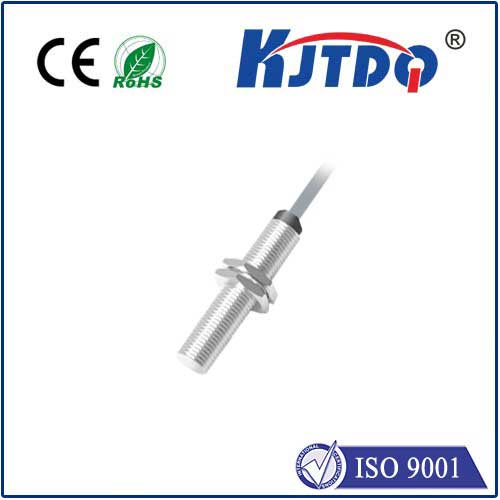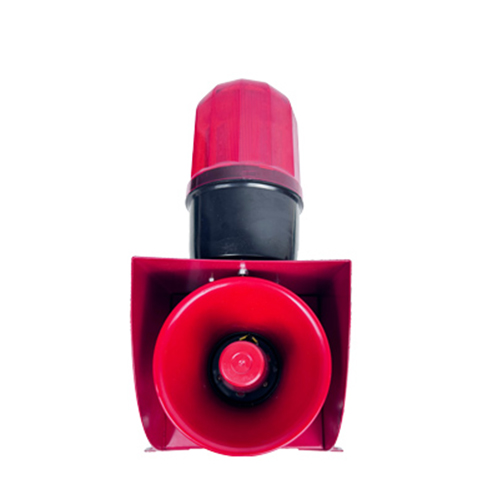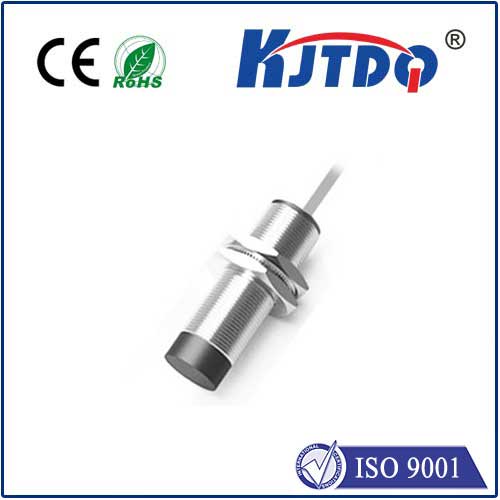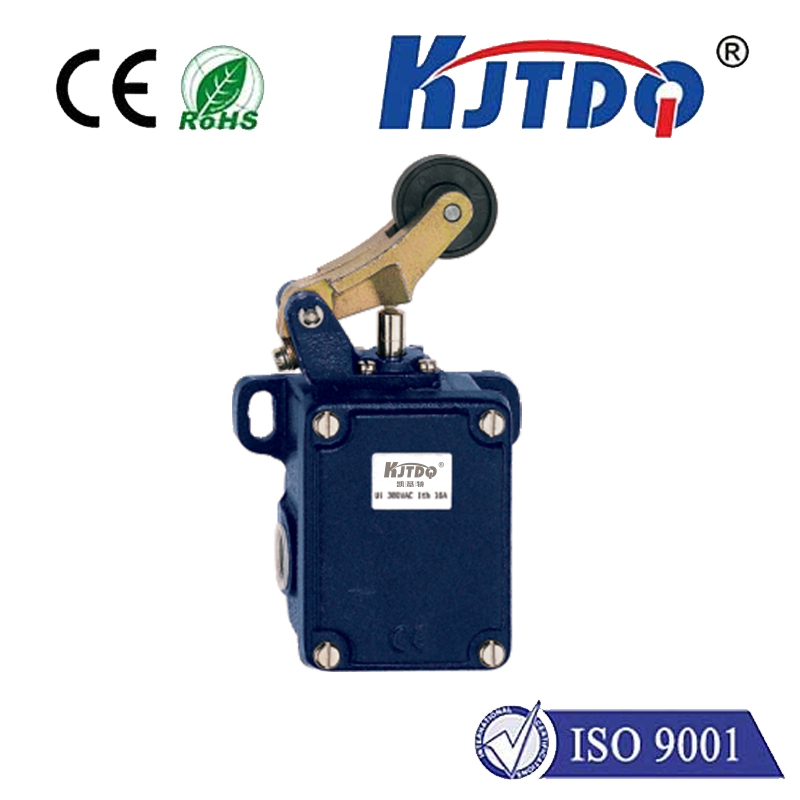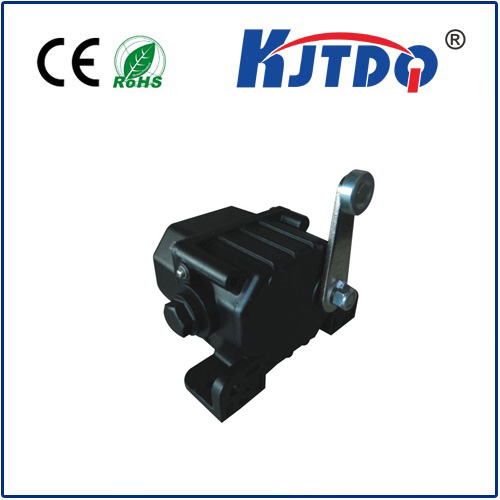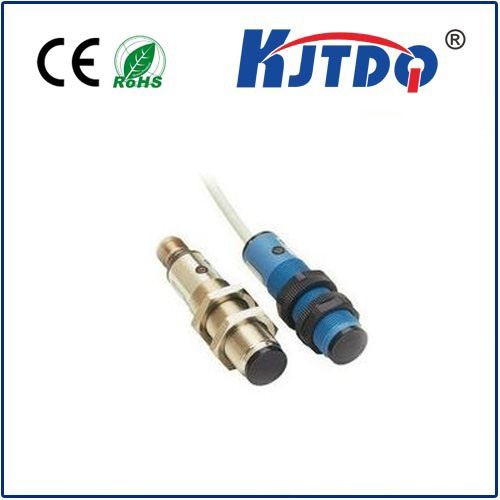crane limit switch
- time:2025-09-13 02:22:49
- Click:0
Crane Limit Switches: The Unsung Guardians of Overhead Lifting Safety
Imagine a multi-ton overhead crane smoothly transporting its precious cargo across a bustling factory floor. Suddenly, without warning, it lurches beyond its intended stopping point. Metal screams against metal as the trolley collides with the end stop, the load sways dangerously, and workers scatter. This terrifying scenario, a costly and potentially deadly accident, is precisely what crane limit switches are designed to prevent. These critical, yet often overlooked, components are the silent sentinels ensuring the boundaries of safe crane operation are never breached.
What exactly is a crane limit switch? At its core, it’s an electro-mechanical safety device strategically installed on an overhead crane’s hoist, trolley, or bridge travel mechanisms. Its fundamental purpose is to monitor the crane’s movement and automatically intervene when it approaches or reaches a predefined physical limit. Think of it as a highly reliable, automated “STOP” command built directly into the crane’s control system. When activated, a limit switch instantly interrupts power to the crane’s motion drive motor(s), halting movement before any damage occurs to the crane structure, the building, or – most crucially – personnel.
The Non-Negotiable Functions: Why Limit Switches Are Mandatory
Their role is paramount for several interconnected reasons:

- Preventing Overtravel and Collisions: This is their primary mission. End limit switches stop movement before the crane’s trolley, hoist, or bridge physically impacts the end stops or buffers. This protects the crane structure from damage and prevents catastrophic collisions with building walls, columns, or other cranes operating on the same runway.
- Ensuring Load Safety: Upper limit switches on the hoist are vital for preventing the hook block or load from being raised too high. Over-hoisting can cause the load to collide with the drum or damage the hoist mechanism itself, potentially leading to dropped loads – one of the most severe hazards in material handling.
- Protecting Personnel and Infrastructure: By strictly defining the crane’s operational envelope, limit switches create a safety perimeter, reducing the risk of workers being struck by a runaway crane component or a load swing caused by an abrupt collision. They also protect essential building infrastructure like roof trusses, electrical conduits, and ventilation systems located above or around the crane runway.
- Mandatory Compliance: Strict adherence to safety regulations like ASME B30.2 (Overhead and Gantry Cranes), ANSI/ITSDF B30.16 (Overhead Hoists), OSHA 1910.179 (Overhead and Gantry Cranes), and CMAA specifications requires properly functioning limit switches on all relevant crane axes. Failure to comply carries significant legal and financial penalties.
Decoding the Types: Choosing the Right Sentinel
Not all crane limit switches are created equal. Selecting the right type depends heavily on the application, environment, required precision, and maintenance considerations:
- Rotary Cam Limit Switches: A robust, traditional workhorse. They utilize a rotating cam driven by a gearbox connected to the crane’s moving part (e.g., trolley wheel). As the cam rotates, specific lobes actuate internal switches at precise positions. Highly reliable and mechanically simple, they excel in demanding industrial environments. However, initial setup requires careful positioning of the cam lobes. Precision depends on gear ratio.
- Proximity Switches (Inductive, Capacitive, Magnetic): Non-contact marvels. These detect the presence of a metal target (like a flag mounted on the crane) without physical touch. Inductive sensors react to ferrous metals, capacitive sensors to both metallic and non-metallic targets, and magnetic sensors (like reed switches) to magnets. They offer long service life (no moving parts to wear) and high repeatability. Crucial in harsh environments (dust, moisture) where physical contact switches might fail. Require stable mounting and a consistent target signal.
- Lever Arm Limit Switches: Simplicity defined. A physical lever arm protrudes into the crane’s path. When contacted by the moving component, the lever actuates an internal switch. While simple and cost-effective, they are susceptible to wear and tear, potential damage from impact, and less precise. Often used as emergency stop buffers rather than primary travel limits.
- Wheel Limit Switches: Designed for linear travel (bridge or trolley). A wheel is mounted on a lever arm, running along a track or rail. Contact actuates the switch. Similar pros and cons to lever arm switches but potentially slightly more durable for continuous travel.
More Than Just Installation: Application and Vigilance
Proper integration of crane limit switches is crucial for effectiveness:
- Strategic Positioning: Limit switches must be positioned to activate before the crane reaches its absolute physical limit, allowing sufficient distance for the crane to stop safely under maximum operating conditions (considering inertia and load).
- Redundancy is Key: Critical functions, especially the hoist upper limit, often require redundant systems. Typically, a primary (operational) limit stops normal motion, while a secondary “ultimate” limit, often a physical device like a lever switch, acts as a final failsafe backup. Never bypass a limit switch!
- Environmental Protection: Switches exposed to weather, dust, chemicals, or extreme temperatures must be housed in appropriate enclosures (e.g., NEMA 4X, IP66/67 rated) to ensure reliable operation. Proximity switches often have an advantage here.
Maintenance: The Lifeline of Safety
A limit switch is only as good as its last inspection. Regular preventative maintenance is non-negotiable:
- Visual Inspections: Check for physical damage, loose mounting hardware, corrosion, and obstructions around the switch or target. Ensure mechanical linkages (on cam/lever types) move freely.
- Operational Testing: Regularly (ideally daily or weekly as part of pre-operational checks), test each limit switch function under controlled conditions:
- Manually trip the switch before reaching the physical limit.
- Verify the crane movement stops immediately and cannot be restarted in the direction of the limit until the switch is reset.
- Confirm the control pendant or cab indicates the correct limit function has activated.
- Periodic Calibration: Especially for cam switches, verify actuation points haven’t shifted over time due to wear or vibration. Recalibrate if necessary. Proximity switches generally require less frequent calibration but need checks on target alignment and distance.
- Prompt Repair/Replacement: Any malfunctioning switch must be repaired or replaced immediately. Crane operation should cease until critical safety devices are fully functional.
Best Practices: Elevating Crane Safety Culture
Integrating crane limit switches effectively goes beyond the hardware:
- Operator Training: Ensure operators understand what limit switches are, why they are essential, how they function, and the critical importance of never overriding them. Train on the procedures for resetting tripped






